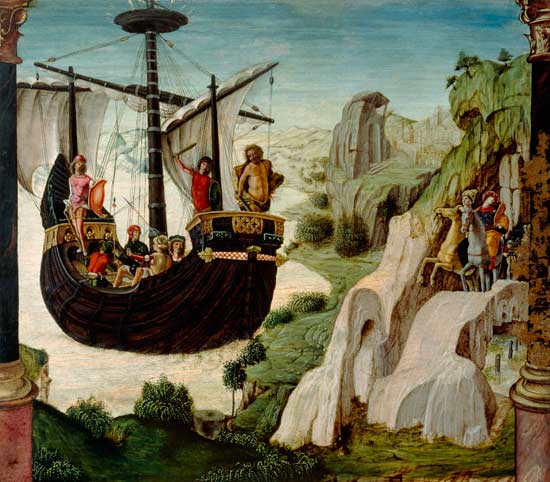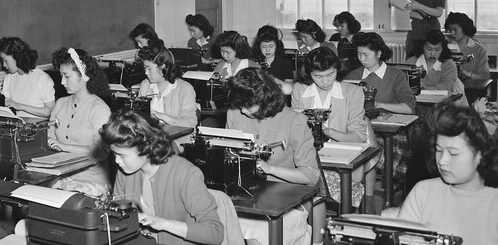The Argonauts: book review

It’s relatively easy to admire a book that acknowledges or expands perspectives you largely share, especially if is skilfully written. That’s not the reason I admire The Argonauts, however. This takes a reader — this one, anyway — into very unfamiliar territory, questions a great many assumptions, many of them pretty basic, to the point where she begins to wonder about the basis for knowledge, or understanding as such. It’s a memoir about love, marriage and childbearing — about establishing a family — a familiar theme at one level. But given the particular traits of these specific people, their situation, their pasts, desires and possibilities here and now, any sort of binary simplicity about gender vanishes, and a more difficult, more responsible inquiry into the ties between two people floods in. Maybe we knew that the old tale of two genders was hopelessly inadequate to account for the strong forces of attraction and difference, ease and mystery that bind people together — or don’t. This reader, at least, was less clear about how, with the gender binary suspended from the start, one “structuring opposition” after another falls apart: natural versus artificial, mind and body, even memoir versus essay. For me, that last one was the least-anticipated, and so perhaps most resonant of the various collapsing binaries: theory versus practice, generality versus specificity, or even, sometimes, writing and living.
The title refers to the crew of the fabled mythological ship Argo from Greek mythology (as in Jason and the ___.) Argo has, in a more recent context of structuralist theory, come to stand for the maintenance of identity over time: by steadily replacing and repairing pieces and parts of the ship, responding to damage and unprecedented conditions, the Argonauts persist in being Argonauts by sailing a vessel that remains identifiable, even though nothing remains of the materials with which it was first built. It’s proven a very strong and flexible metaphor for many things — entities or concepts that may seem to be fixed, stable, but in fact are, inevitably, patterns of change — people, ideas, institutions.
If Nelson ever spelled out the reference(s) she was making with the title “Argonauts,” I missed it, so they seem very open to me: one, surely, is the idea of a family. This is an account of an intense commitment between two people, a marriage, and the birth of a child. In this specific case, the two people were born female. The intensity of desires and their commitment to one another holds the relationship in place through very different, complementary experiences of contemporary medical technology — dramatic changes shaping and shaped by a recognisable structure. All the while, we “read” a story of particular people and specific events against theory — quotations and memories from recent discourses drawing on Marxism, structuralism, semiotics, phenomenology, discourse analysis and more, efforts to articulate generalities — often, although not always, concerned with gender. These may seem helpful or not, relevant or not; the gap between theory and “real-life” does not close.
I’m left with my awe of writing intact, at least. This author is able to use ancient technology of transforming speech into script to build and share another world, many other worlds, in fact, acknowledging the distribution of these worlds in time and space and suggesting relationships among them, all challenging, without losing — the idea of a reality.


